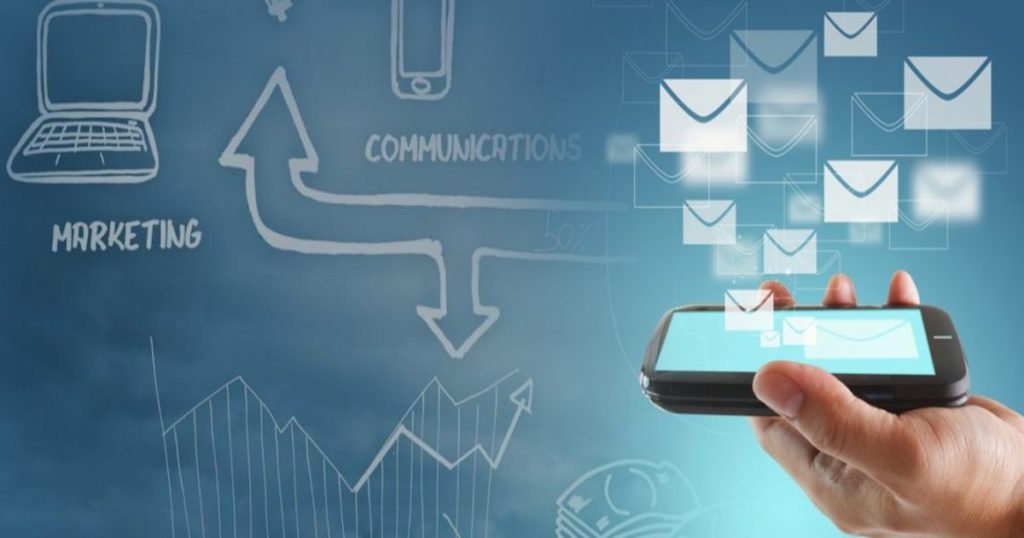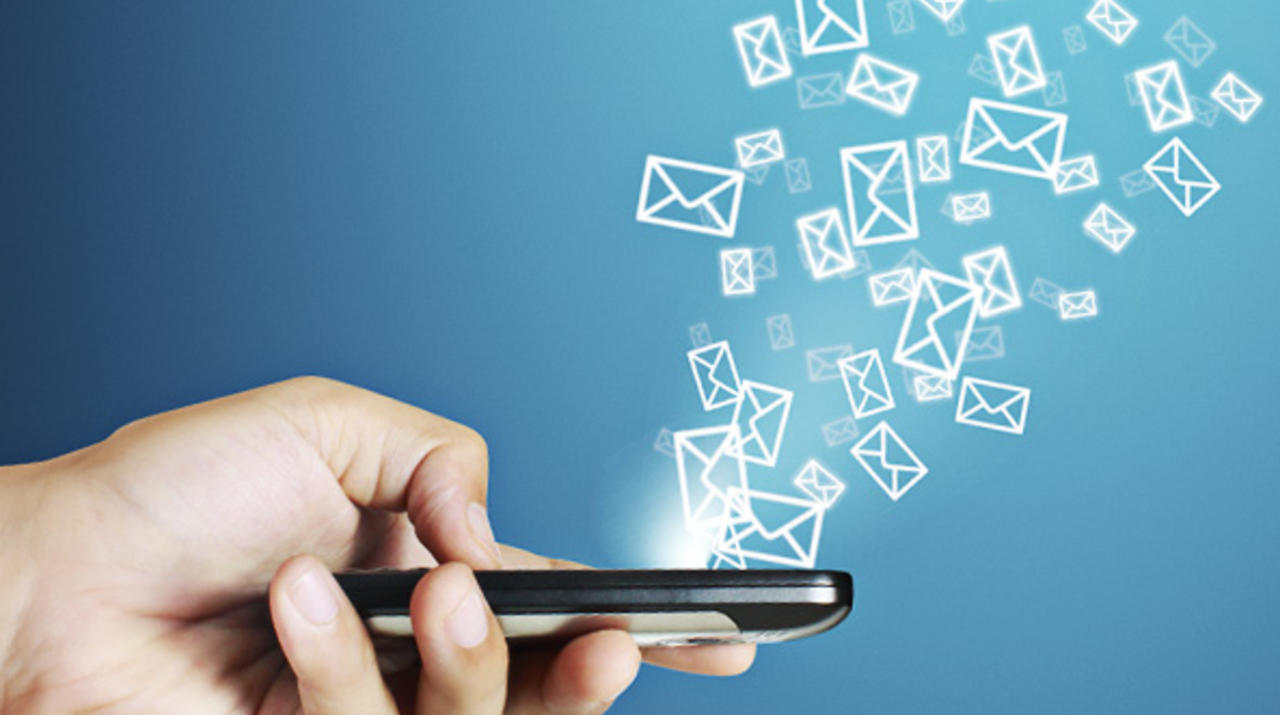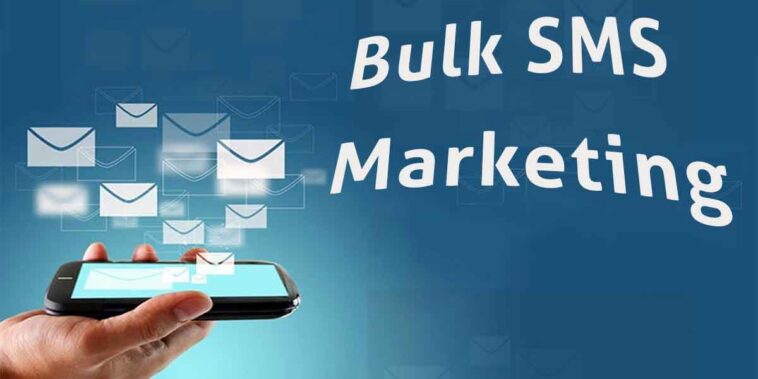Bulk SMS marketing allows businesses to send many SMS messages to customers for promotions, alerts, reminders and more.
With open rates upwards of 98% and most messages read within 3 minutes, SMS marketing drives immediate action and engagement. Integrating bulk messaging into your overall marketing strategy can deliver huge benefits.
In this comprehensive guide, we’ll explore how to set up effective SMS marketing campaigns, write compelling messages, segment your subscriber list, integrate it with other channels and analyze performance. Follow these tips to maximize the impact of bulk SMS on your marketing.
Choose a Reliable Bulk SMS Provider
The first step to running SMS campaigns is finding a reputable provider like 160.com.au. With many options on the market, you’ll need to research different platforms to find the best fit thoroughly. Here are some key factors to consider:
Reliability
The reliability of message delivery should be a top priority. Look for providers that offer guaranteed uptime, built-in redundancy and automatic failover to ensure your messages get through. Ideally, the platform should have at least 99% uptime with multiple geo-redundant data centers for maximum reliability.
Deliverability
SMS deliverability rates vary widely between providers. The best services invest heavily in global relationships and integrations with mobile carriers to optimize deliverability. Look for deliverability rates of at least 90% for countries you’ll send bulk messages to.
Compliance
Reputable platforms will comply with telecom regulations like TCPA, GDPR, etc., for the region(s) you plan to send messages to. TCPA compliance is especially important in the US to avoid violations. Make sure any required opt-in processes are supported.
Pricing
Compare pricing models across providers. Most charge per message sent, but offer declining rates at higher monthly volumes. Factor in any upfront costs and minimum commitments as well. Aim for under 2 cents per SMS in most markets.
Features
Evaluate available features like two-way messaging, automation, tie-ins with CRM, analytics, etc. Look for platforms that can support advanced communications beyond just bulk sends. Prioritize necessary features over unnecessary bells and whistles.
Support
Look for responsive customer support via phone, email and chat. This should be available 24/7 in case any urgent issues arise. The provider should be committed to helping you succeed with SMS marketing.
Thoroughly vetting providers on these criteria will help surface the best options. Focus on overall quality and reliability over just cost alone when choosing a platform.
Create Relevant SMS Campaigns

Once your bulk SMS service is set up, it’s time to plan effective campaigns. The goal is to create relevant, valuable messaging that subscribers look forward to receiving. Here are tips for crafting great content:
Promotional Offers
Limited time discounts and coupons make great SMS content to incentivize purchases. For example, you could text subscribers a 25% off coupon valid for one week only. Make sure to include:
- Brief description of offer
- Discount amount/coupon code
- Valid timeframe
- Call-to-action with instructions
Keep the message short and scannable – the entire offer should fit into 1-2 sentences. Time urgency should also be emphasized to drive immediate action.
Lead Generation
SMS is extremely effective for generating leads. You can send messages promoting downloads like guides, samples or demos in exchange for contact details. CTAs should focus on conversions like “Get the free demo now” with a link included.
Event Invites
If your business hosts events like seminars, conferences, etc., use SMS to promote these to subscribers. Include event details like date, location, speakers, discounts and a registration link. Following up post-event is also recommended.
Alerts
Transactional and status SMS alerts add value for customers. Alerts could cover order confirmations, shipping notices, appointment reminders, payment receipts, account/security notices and more.
Surveys
Interactive SMS like polls and surveys help engage your subscribers. Short 1-2 question surveys could gauge customer preferences and feedback. Keep them voluntary and limit any personal information collected.
Contests
Run contests via SMS like trivia games and product giveaways. This adds a fun, interactive element to build awareness. Communicate contest details, entry mechanisms, prizes and terms clearly in the message.
The key is choosing content that fits your subscribers’ interests based on demographic and purchase data. Personalizing messages with first names also boosts open rates when possible. Keep copy succinct with a strong CTA focused on driving an immediate action.
Segment Your Subscriber List

For maximum impact, you’ll need to segment your SMS subscriber list based on demographic factors like age, gender, location, psychographic factors like interests, and purchase history. This allows sending targeted, relevant messages tailored to each subscriber group.
For example, you could create segments like:
- Students – for promotions related to school supplies
- Families – for offers on family products/services
- Frequent buyers – for VIP rewards and discounts
- Lapsed subscribers – for drip campaigns to re-engage them
- Local subscribers – for store opening/event invites
Work to build rich subscriber profiles including any details collected at opt-in like name, gender, birthday, location, interests, etc. Integrate this with your CRM data on purchase history and activity. The more you know about subscribers, the better you can target campaigns.
Ideally, your bulk SMS platform should support unlimited subscriber segments for one-to-one messaging. Test different segments to determine which respond best to various message types, then refine based on performance.
Integrate with Other Marketing Channels
While SMS works great on its own, coordinating it with other marketing channels amplifies its effect. Every campaign should encourage SMS opt-in and subscribers should receive a unified experience across channels.
Here are some ways to integrate SMS with other marketing efforts:
- Promote SMS opt-in in email footers
- Send email follow-ups to SMS promotions
- Link to email signup forms in SMS messages
Social Media
- Promote SMS opt-in in social media bios
- Run SMS-to-web syndication to publish messages socially
- Use SMS for alerts about social media updates
Digital Ads
- Advertise SMS programs on search/display networks
- Send follow-up SMS messages to ad leads
- Run retargeting ads syncing with SMS sends
Website
- Add SMS signup forms and popups across site
- Show SMS messaging rates in headers/footers
- Send transactional SMS from online account portals
In-Store
- Print SMS opt-in details on receipts and packaging
- Run SMS promotions on checkout screens
- Capture subscriber info at POS during checkout
Coordinate timing between channels – for example, send an email touting a sale, followed by an SMS with a coupon code to drive in-store traffic. Consistent omnichannel integration ensures SMS works in harmony with other marketing efforts for maximum impact.
Analyze and Refine Campaigns

The final step to maximizing SMS marketing results is closely tracking performance and refining your approach over time. Leverage the detailed reporting within your platform to gauge campaign effectiveness.
Important metrics to analyze include:
Deliverability – Percentage of total messages successfully delivered. Aim for above 90%.
Open Rates – Percentage of delivered messages opened by recipients. Benchmark around 30-40% for promotional messages.
Click Rates – Clicks on any links within SMS messages. Varies based on message type and CTA strength.
Bounce Rates – Undelivered messages, often due to invalid numbers. Should be less than 5%.
Opt-Outs – Recipients replying STOP to unsubscribe. Keep below 1% per campaign.
Segment your subscriber list into control groups to A/B test different messages and offers. Try varying message copy, design and sending times to see what resonates best. Use behavioral triggers like purchases or site activity to deploy highly targeted messages.
Set up automation rules to send messages based on certain dates, times, actions, or other criteria. Use analytics to identify your highest responding subscriber groups and fine tune your approach. Continually test and optimize to maximize SMS effectiveness.
Conclusion
Integrating this into your marketing mix is proven to drive higher engagement and sales. With dedicated platforms available making setup easy, there’s no reason not to start using SMS marketing.
Begin by researching top providers, building your subscriber list, crafting compelling messages and coordinating sends with other channels. Focus on providing value through relevant content and offers tailored to customer interests and preferences.
With open rates up to 98% and most messages read within 3 minutes, SMS marketing enables you to reach customers right in the moment when they’re most receptive. Combine the incredible power of text messaging with automation and targeted subscriber segments for campaigns that pack a major punch.
Now that you know the SMS marketing best practices, it’s time to dive in and start boosting results. Your customers are ready to text – the only question is whether your business will meet them there.




